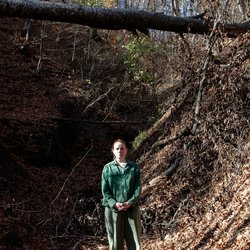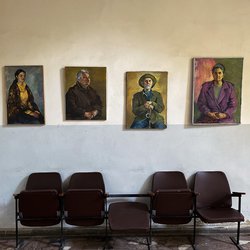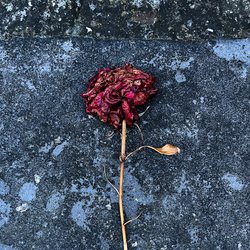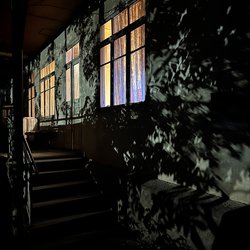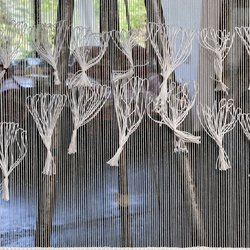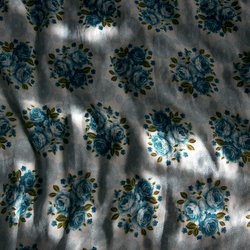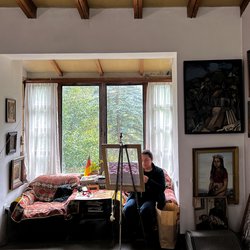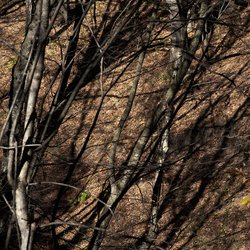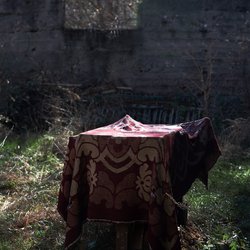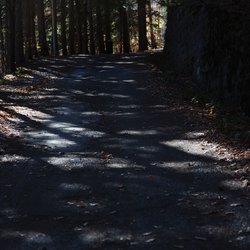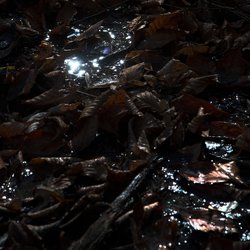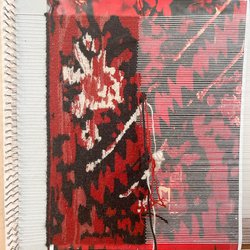Vishapagorg, 2023-2024
Last summer, having moved from Russia to Armenia, I wanted to fall in love with something new for myself, immediately and with all my soul, as I once did with the medium of photography. War divides people, drives them out of themselves into zones of consciousness that you are not ready to meet. Isolation, emptiness, loss of connection with the land and culture, people, and the usual self. And all around is a new culture, nature, people, context. In a new place, I was looking for something to grab onto.
I came to Anna Khazaryan, a carpet and tapestry craftswoman, with my sketches created using a neural network. The neural network was trained on traditional weaving patterns and created new ones while preserving the cultural code of the old ones.
Under Anna's guidance, I began weaving my first tapestry using the classical technique. Anna showed the heritage of Armenian and Artsakh carpet weaving and explained symbolism and color. We talked about how culture has no boundaries, unlike territories; different nationalities, views, and languages are intertwined in it.
Thread by thread the tapestry grew, and through traditional practice and dialogue with Anna, my perception of Armenian culture grew as well. For me, this meant literally building cultural connections through a physical object: woolen threads, a frame, a pattern that appears before my eyes.
During one of our meetings, Anna said: “It would be interesting to do a similar experiment with Armenian patterns.” Her interest in neural networks became the beginning of a joint project. We settled on the "vishapagorg" pattern, which means dragon carpet. This pattern was used in carpet weaving by Armenian and Artsakh craftsmen.
This pattern has no direct relation to me, is not connected with memories, or ancestors - it is abstract. But when I embody it with my hands, it materializes and is experienced by me. It’s as if I’m weaving myself into this pattern, becoming a part of it. I animate the ornament and “tame the dragon”.
